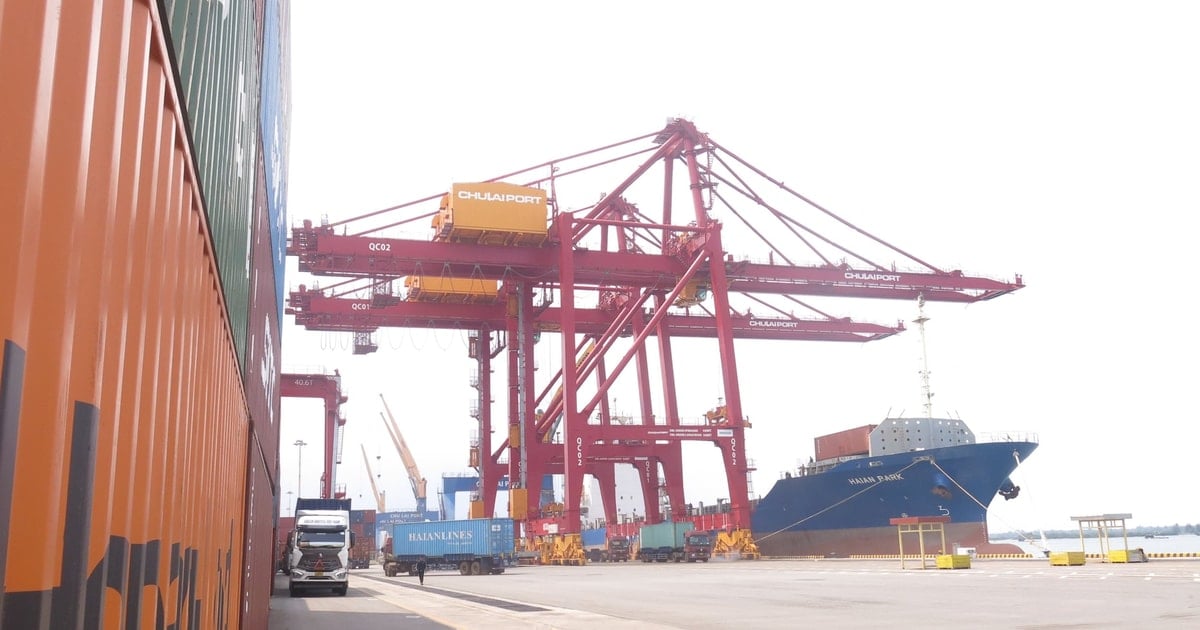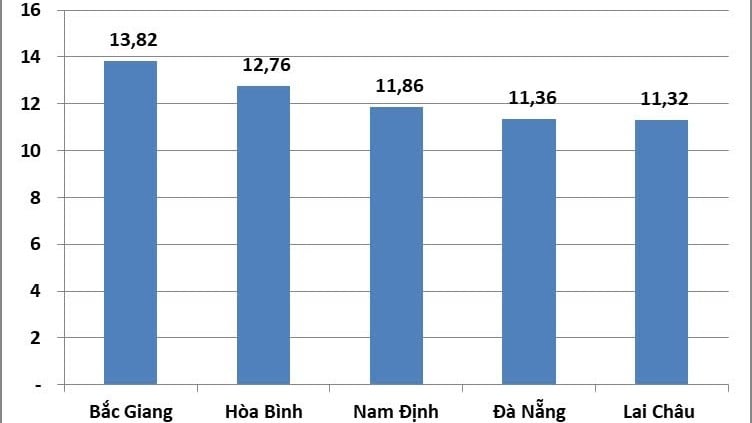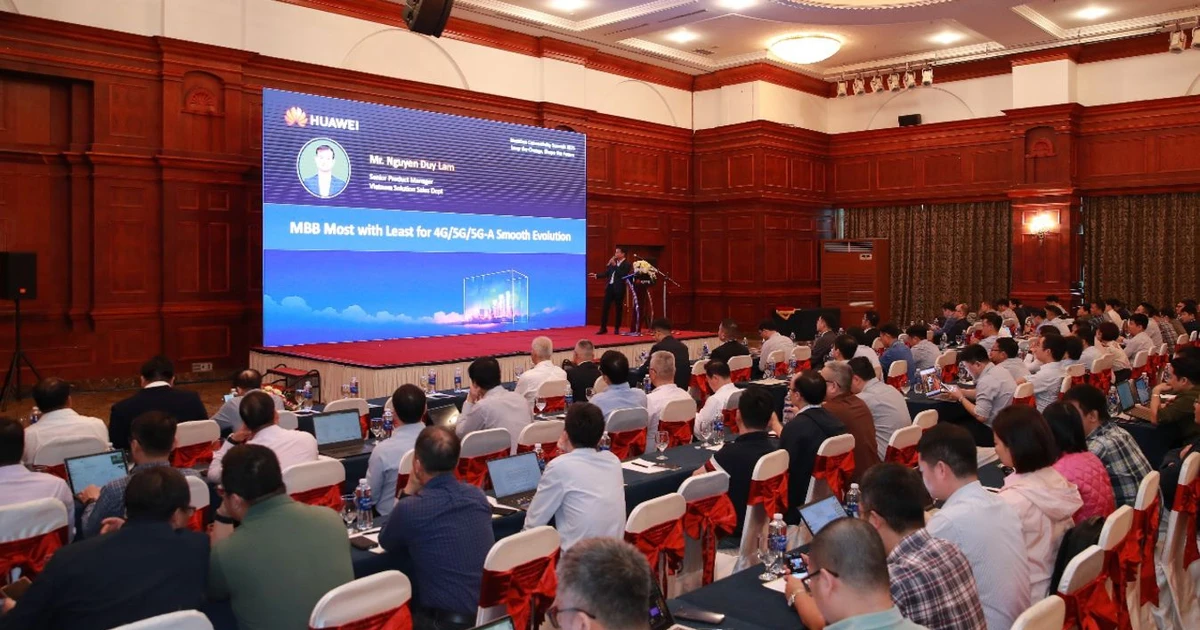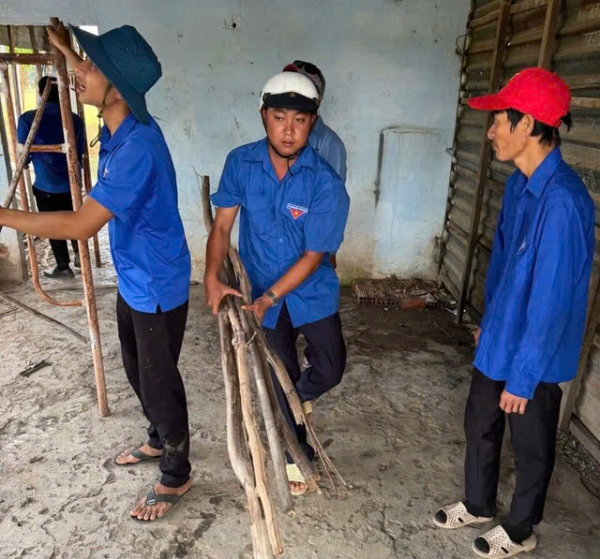SGGP
According to the latest forecast by the Market Research Company (IDC), Southeast Asia leads the digital economy growth at 15.8% over the next 5 years, far surpassing the US at 9.4% and the European Union (EU) at 8.7%, South Korea (12.7%) and Japan (10.2%), opening up significant trade opportunities for the region.
 |
| Buy now pay later is growing fast in Southeast Asia |
Based on IDC estimates, the total digital economy of Southeast Asia plus Japan and South Korea (SEAKJ) is expected to grow 82% over five years, from US$501.7 billion in 2022 to US$914.9 billion in 2027. This is driven by impressive growth in both cross-border e-commerce sales and tourism.
This is a result of rapid growth in digital payments, led by buy now, pay later (BNPL, 38%), mobile wallets (18.9%), domestic payments (16.9%) and credit cards (14.4%). However, integration across SEAKJ markets remains complex, with multiple e-commerce platforms and payment methods.
It is worth noting that in Southeast Asia, domestic digital payments have continued to grow at a high rate due to government initiatives to reduce cashlessness and strengthen financial systems and oversight. Mobile wallets and BNPL have also seen rapid growth in user numbers.
IDC forecasts that SEAKJ cross-border e-commerce revenue will grow an impressive 70% to $148.1 billion by 2027, far outpacing the growth rate of domestic e-commerce revenue. While domestic e-commerce in markets like South Korea is reaching maturity, cross-border trade in Asia as a whole remains under-tapped.
Continued improvements to trade infrastructure will increase cross-border flows of goods within the region, creating significant opportunities for Southeast Asian businesses looking to expand into South Korea, Japan and vice versa. However, to be successful, economists say, it is necessary to understand purchasing motivations/preferences and product competitiveness, as well as finding partners who can simplify the entire cross-border process, from payment to order fulfillment.
Tourism spending is also booming in SEAKJ, predicted to grow 334% by 2027, contributing $171.4 billion to the regional economy. One of SEAKJ’s key strategic pillars is the post-pandemic tourism recovery, which will be further supported by seamless payments across the region. This could be a way to increase spending and extract more value from tourism opportunities, especially for small businesses.
Aung Kyaw Moe, founder and CEO of 2C2P, one of the first companies to enter the field of collecting online payments from Southeast Asian consumers, said that IDC's forecasts will encourage businesses to take advantage of the huge potential of the digital economy by tapping into existing initiatives and tools from the public and private sectors.
“Through our comprehensive payment solutions, we are ready to partner with businesses to capture exciting opportunities across the region,” said Mr. Moe.
Source


![[Photo] Opening of the Exhibition on Green Growth](https://vstatic.vietnam.vn/vietnam/resource/IMAGE/2025/4/16/253372a4bb6e4138b6f308bc5c63fd51)
![[Photo] President Luong Cuong meets 100 typical examples of the Deeds of Kindness Program](https://vstatic.vietnam.vn/vietnam/resource/IMAGE/2025/4/16/ce8300edfa7e4afbb3d6da8f2172d580)
![[Photo] Opening of the 4th Summit of the Partnership for Green Growth and the Global Goals](https://vstatic.vietnam.vn/vietnam/resource/IMAGE/2025/4/16/488550ff07ce4cd9b68a2a9572a6e035)
![[Photo] President Luong Cuong receives Ethiopian Prime Minister Abiy Ahmed Ali](https://vstatic.vietnam.vn/vietnam/resource/IMAGE/2025/4/16/504685cac833417284c88a786739119c)
![[Photo] Many practical activities of the 9th Vietnam-China border defense friendship exchange](https://vstatic.vietnam.vn/vietnam/resource/IMAGE/2025/4/16/3016ed3ef51049219574230056ddb741)
![[Photo] National Assembly Chairman Tran Thanh Man meets with Ethiopian Prime Minister Abiy Ahmed Ali](https://vstatic.vietnam.vn/vietnam/resource/IMAGE/2025/4/16/c196dbc1755d46e4ae7b506c5c15be55)































































































Comment (0)